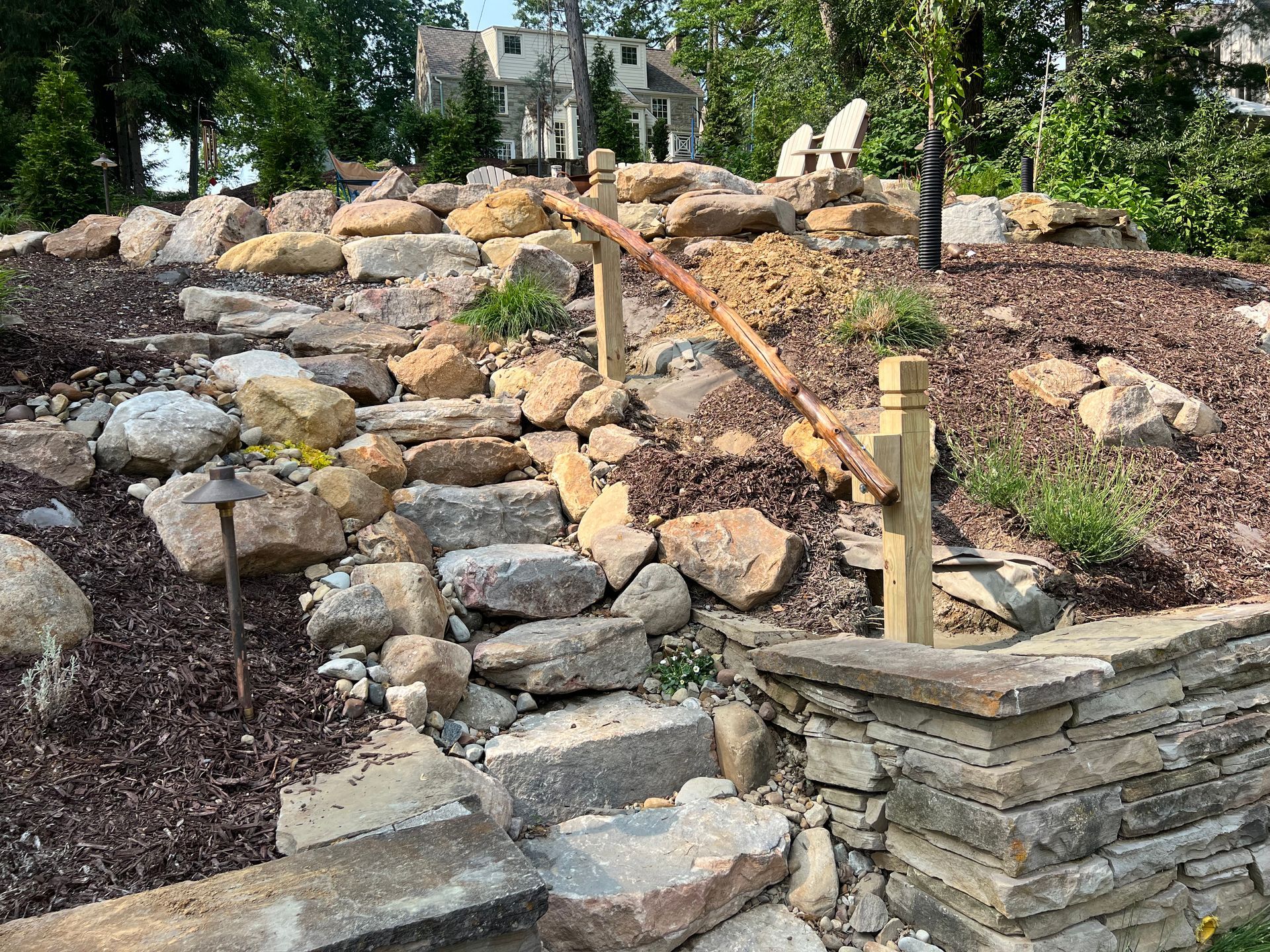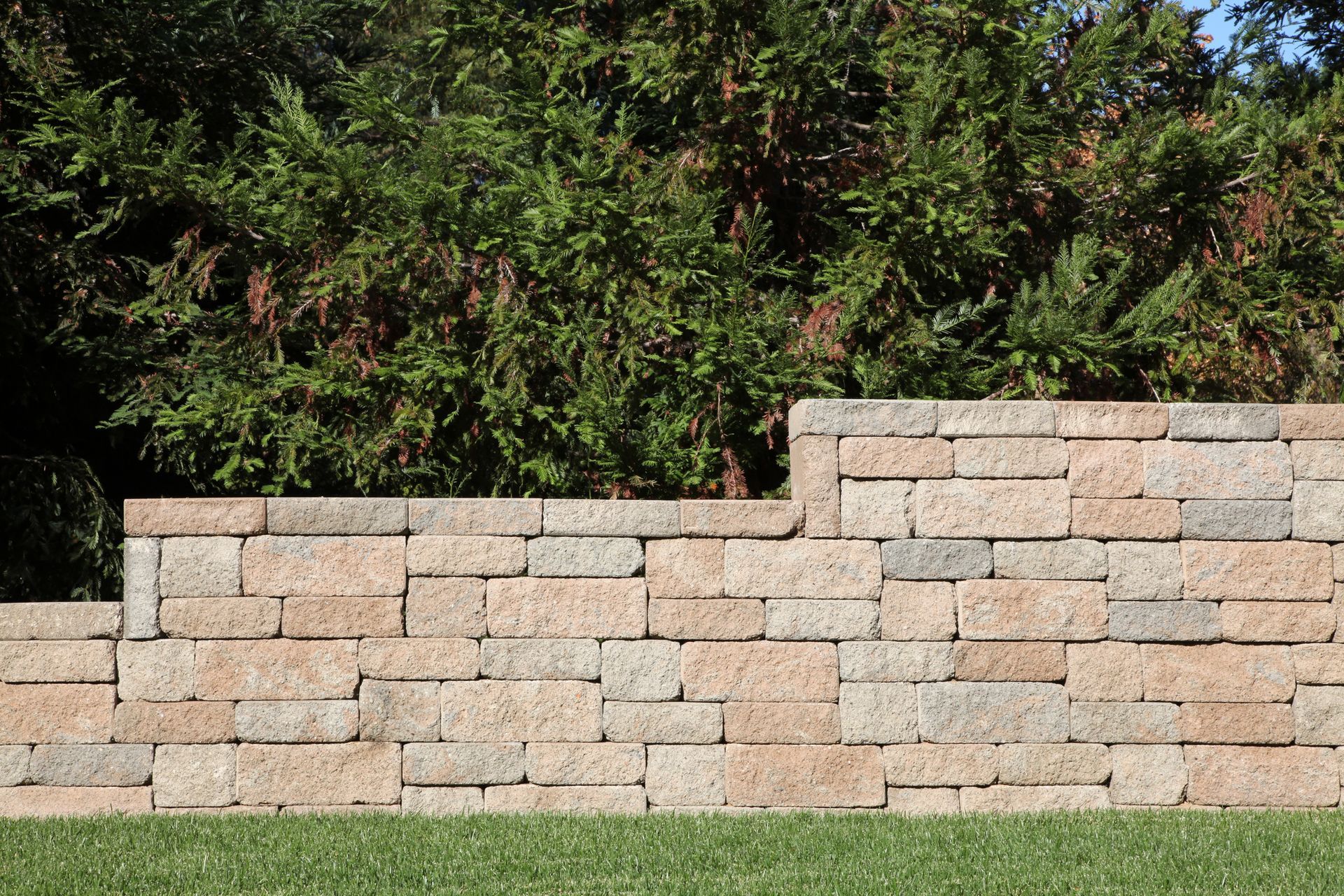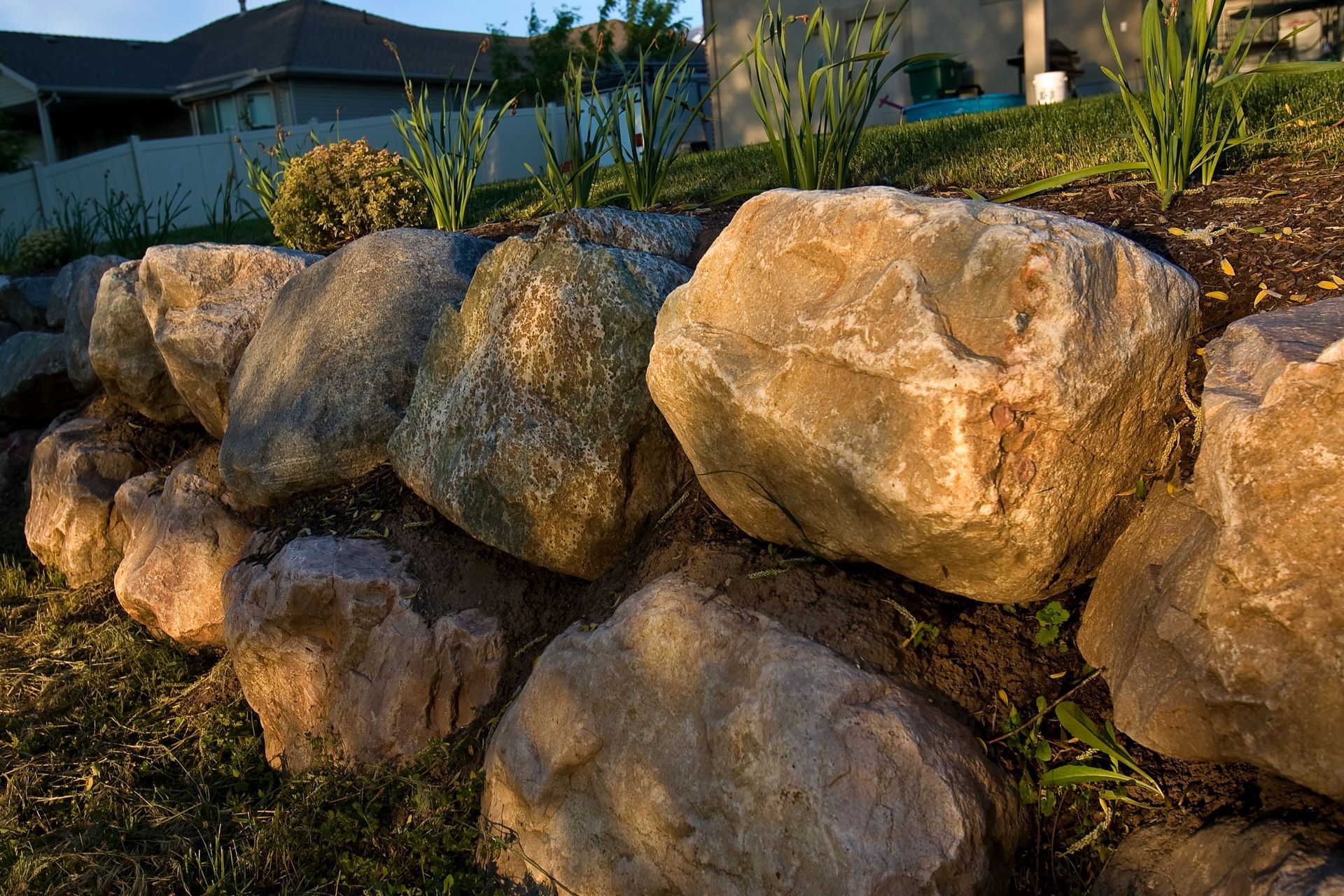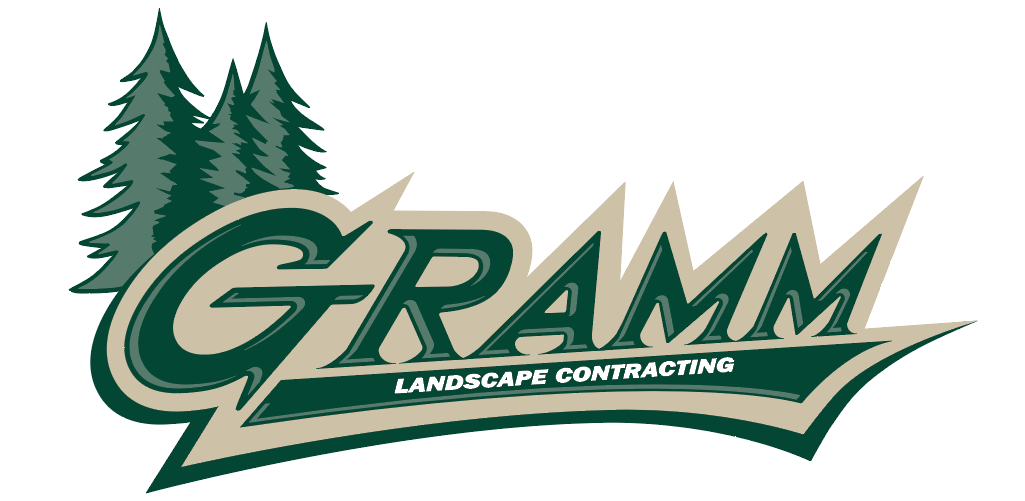Do You Need Mortar for Dry Stacking Retaining Walls?
Whether tiered into a hillside for erosion control or aesthetic landscaping, retaining walls are a fundamental aspect of many outdoor spaces. Traditionally, these have been constructed using a method known as "dry stack," precisely as it sounds—without the aid of mortar.
However, modern construction has significantly upped its use of mortar to hold these sturdy structures together, raising the pertinent question—does mortar truly lead to a stronger wall, or is it simply the familiar go-to solution in today's building practices? In this thorough exploration, we peel back the layers of this age-old debate to provide insights for homeowners considering a retaining wall project that is both durable and visually pleasing.
Benefits Of Dry Stone Retaining Walls
Before we demystify the need for mortar in retaining walls, it's essential to understand the appeal of dry stacking. Dry stacking offers a nuanced blend of utility and charm, boasting several advantages over the traditional mortared approach,
Cost-Effectiveness
By eliminating the need for mortar, which can comprise a significant portion of the total expense, dry stacking is a budget-friendly alternative for those looking to cut costs without sacrificing quality.
Aesthetics
Dry stone walls have an organic, earthy look that blends seamlessly with the natural environment. Their timelessness evokes a sense of heritage and provides a graceful transition between various landscaping elements.
Eco-Friendly Approach
The absence of mortar in dry walls reduces material waste and contributes to a more environmentally sound structure. Water absorption and release through the wall's dry joints support better ecosystem health in the surrounding soil.
Why Mortar is Often Used Instead of Dry Stacking
Despite the clear merits of dry stacking, mortar often becomes the construction adhesive of choice for retaining walls. Here's why mortar is sometimes used:
Misconceptions about Stability and Strength
One prevailing belief is that a wall secured with mortar is inherently more robust and more reliable than a dry-stacked counterpart. Many associate the solid line of continuous mortar with structural integrity while viewing dry stacking as an informal and outdated method.
Lack of Knowledge and Training in Dry Stacking Technique
With modern construction and DIY tutorials predominantly featuring mortared approaches, practitioners have become less familiar with the finesse required for dry stacking. The skill of shaping and interlocking stones to withstand earth pressure is often underappreciated and undersold.
The Truth About Dry Stacking Retaining Walls
Dispelling the myths, we confront the reality of dry stacking and its capacity to deliver robust, long-lasting structures.
Properly Constructed Dry Stone Walls Are Stable and Strong
Well-constructed dry stacked walls can hold up against the pressure of soil and water flow, provided the stones are appropriately selected and placed with precision.
Natural Water Drainage
One significant engineering benefit is the ease with dry stacked walls facilitating water drainage. The gaps between stones allow for a natural flow of water, preventing built-up pressure and the potential for damage.
Easier to Repair and Modify
If a portion of the wall becomes damaged or needs modification, a dry stacked wall's design allows for straightforward individual stone replacement or adjustment—all without the expected mess of mortar to contend with.
Comparison: Mortared vs. Dry Stacked Retaining Walls
To further weigh the strengths and weaknesses of each approach, we'll evaluate mortared and dry-stacked retaining walls across several vital considerations.
Strength and Durability
If properly constructed, mortared walls can offer consistent strength across the entire surface. However, dry stacked walls provide higher resilience to shifting landscapes and endure the freeze-thaw cycles more effectively due to their flexible and drain-friendly construction.
Installation Complexity
Building a mortared retaining wall is typically easier for novices, as the consistent joinery that mortar provides can be more forgiving of minor errors. On the other hand, dry stacking demands a greater understanding of stone selection and placement to ensure a sturdy build.
Design Flexibility
Mortared walls are often pre-designed and more tailored to precise lines and angles. In comparison, dry stacking allows for a more flexible, adaptable design that can evolve during the construction process to suit the specific landscape and aesthetic vision.
Work With A Pittsburgh Professional Like Gramm Outdoor For Retaining Walls!
If the complexity or magnitude of the project seems daunting, enlisting the expertise of a professional can be a prudent choice. A seasoned contractor, schooled in the art of dry stacking, can harmonize the wall with the landscape, ensure proper drainage, and deliver a strong, lasting structure.
Exploring the dry stack method could yield a remarkable, enduring piece of craftsmanship for homeowners in the Pittsburgh area or beyond looking to enhance their outdoor space with a retaining wall. Whether going the DIY route or entrusting the project to a professional, the decision to omit mortar from the equation may lead to a landscape feature that is structurally sound and deeply connected to nature.
Consider working with Gramm Outdoor Contracting in your search for retaining wall solutions in Pittsburgh that reflect your values and needs. Our expertise in creating custom landscapes and hardscapes ensures a partnership that values quality, aesthetics, and the lifeblood of any outdoor space—stewardship of the earth. Contact us today to begin the conversation about your dream outdoor project.

Author: Jake Gramm
Owner & Founder of Gramm Outdoor Contracting, Jake leads crew of experts in hardscaping and landscaping installations providing top notch work to the Pittsburgh area.
You might also like




